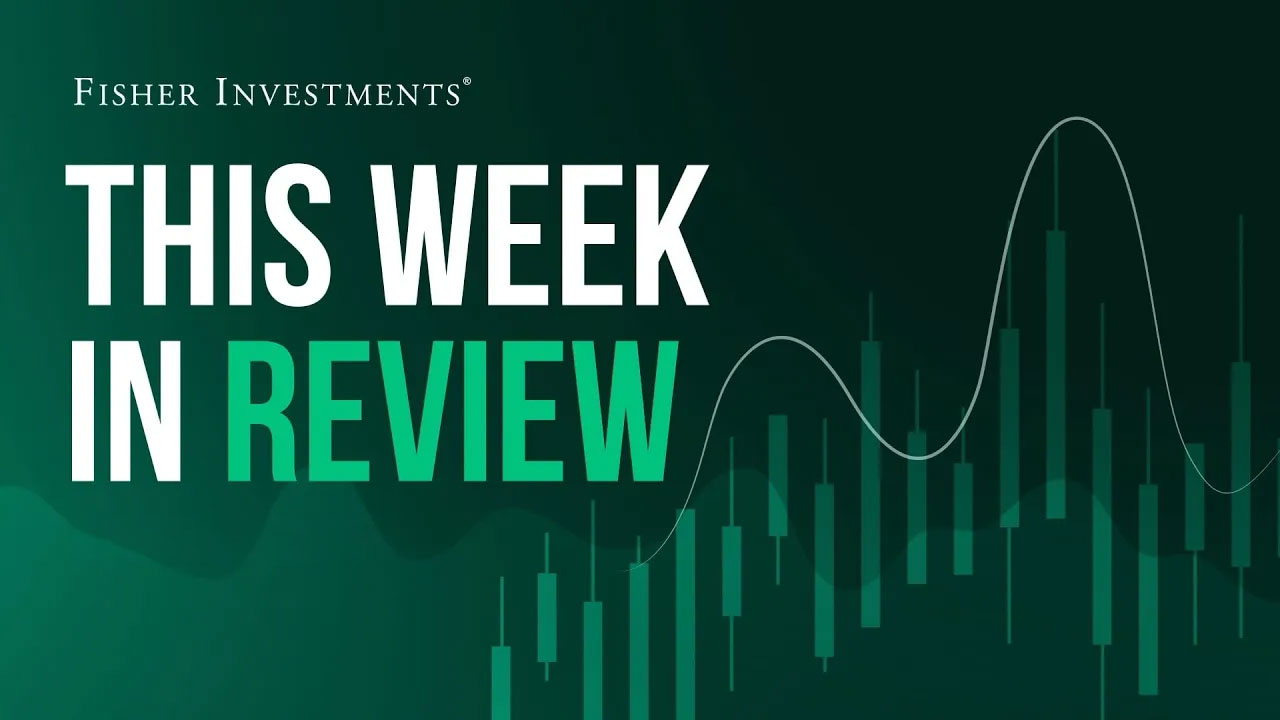Personal Wealth Management / Market Analysis
How Soft Landing Talk Illustrates Skeptical Sentiment
Recession is still a popular forecast.
As the Fed’s meeting next week looms ever closer, and odd thing has happened: People are becoming a bit more open to the possibility rate hikes aren’t causing a recession. Some even claim the Fed has achieved the mythical “soft landing” of slowing inflation without inflicting major economic damage. Yet the cheer isn’t universal. Some warn further rate hikes could make the heretofore soft landing a hard one, and most economists still see recession striking within a year. In our view, this is another way to see that sentiment, while thawing, remains quite skeptical.
Whenever sentiment shifts quickly like this, we get a little bit suspicious. Even if it shifts toward a view we largely agree with, we are well aware recessions typically strike when few expect them to. We also suspect nothing tempts the stock market to be The Great Humiliator quite like the words mission accomplished. So in a vacuum, a growing belief that the Fed has managed what so many thought impossible mere months ago could amount to complacency.
After reading through all the recent soft-landing commentary, however, we don’t actually see much complacency … or tremendous cheer. Just some observations that, while technically accurate, are grounded in misperceptions about how the Fed really affects the economy. Crucially, no one seems to be extrapolating a super-sunny outlook from these observations. Rather, we are seeing the same old recession isn’t here yet, but the risk of one in the next year is still high. In their July survey of economists, Bloomberg found forecasters see a 60% chance of recession in the next year.[i]
This is all par for the course. All year, forecasters have punted their recession projections out another 6 – 12 months as economic data refused to cooperate. It is a way of acknowledging reality without reckoning with being wrong, which is one of the hardest things for humans to do. GDP didn’t contract last Q3 or Q4, so pundits pushed their recession forecasts to early 2023. Then Q1 GDP grew, so they pushed again, to late 2023. Q2 GDP doesn’t come out until next Thursday, but the preponderance of data out thus far suggest it, too, will show growth—so economists are shifting their projections again.
The only new twist this time is the apparent need to include the Fed in the mix. After all, most of these recession forecasts hinged on rate hikes. Quite obviously, that hasn’t come true. Nor has unemployment jumped, defying all the (in our view, flawed) models linking rate hikes to higher unemployment and slower inflation. Yet inflation has slowed anyway. The only explanation for this, for those steeped in modern economic orthodoxy, is that the Fed got it right thus far … but still risks crashing the economy if it keeps hiking too much from here.
We have a different view: Inflation is down and GDP is still growing despite the Fed, not because of it. Fed policy right now actually isn’t terribly disinflationary. It may look that way, with short rates higher than long rates. On paper, this should be contractionary. But that is true only if the negative spread between short and long-term interest rates translates to a slim or inverse gap between banks’ funding costs and lending rates. Because banks—especially large banks—can still get away with paying depositors much less than the fed-funds rate and long-term lending rates are up, loan growth hasn’t suffered materially. It has slowed, but it remains faster than the inflation rate and is therefore still growing on an inflation-adjusted basis. That is expansionary, which is good, but it also suggests the Fed has little to no control over money supply and velocity right now, the merits of which are debatable.
This isn’t the only instance of commentators trying in dubious ways to catch up with the data. We saw it earlier this week, when The Conference Board’s Leading Economic Index (LEI) fell for the 15th straight month. LEI is normally the best leading indicator around, and it is pretty abnormal for a slide this long not to precede a recession. Instead of investigate why it is potentially sending false signals this time, pundits mostly interpreted it as correctly previewing a slowing US economy. Thing is, that isn’t really how LEI works. It is usually good at signaling direction but tends not to say much about magnitude. When we dive into its components, we see it correctly signaled a downturn in the goods-producing portion of the US economy, which fell in late 2022 and turned down again this spring. But LEI overemphasizes goods while ignoring services entirely, and services is the US’s economic engine, generating over 70% of GDP.[ii] Data like purchasing managers’ indexes suggest services also happens to continue growing at a fine clip, which we think explains the disconnect between LEI and actual output.[iii]
The good news is the acceptance of continued US growth is tentative and begrudging, not a rousing chorus. It strikes us as a manifestation of what recent sentiment surveys hint at. If people acknowledge things are sort of mostly ok now but will soon get worse, that isn’t blooming optimism. But nor is it the deep pessimism that reigned as stocks bottomed last October—and nor would we expect such raging gloom over nine months into a new bull market. This is usually around when people start accepting that the worst didn’t happen while also questioning how much is left in the tank. No shock, in our view, that this is happening as stocks flirt with breakeven, when the temptation to flee usually surges.
We think that would be a mistake even if a recession does loom next year. Markets move on expected events over the next 3 – 30 months. 2024 would be within 3 and 30 months of 2022’s bear market, during which the vast majority of economists projected recession. So we think it is fair to say stocks priced those projections during the downturn, which is pretty normal. Stocks are also well aware those projections have been revised rather than erased, so logic dictates they must be priced in already. To deliver a new, negative shock capable of sending stocks to new lows, any recession would have to be much worse than the forecasts markets have already baked in. This is possible, but we see no rational basis for declaring it likely today. And in investing, it is probabilities that matter—not mere possibilities.
So for now, just enjoy your favorite financial news outlet being a little less gloomy, and know the thaw is consistent with a young bull market.
If you would like to contact the editors responsible for this article, please message MarketMinder directly.
*The content contained in this article represents only the opinions and viewpoints of the Fisher Investments editorial staff.
Get a weekly roundup of our market insights
Sign up for our weekly e-mail newsletter.

See Our Investment Guides
The world of investing can seem like a giant maze. Fisher Investments has developed several informational and educational guides tackling a variety of investing topics.





